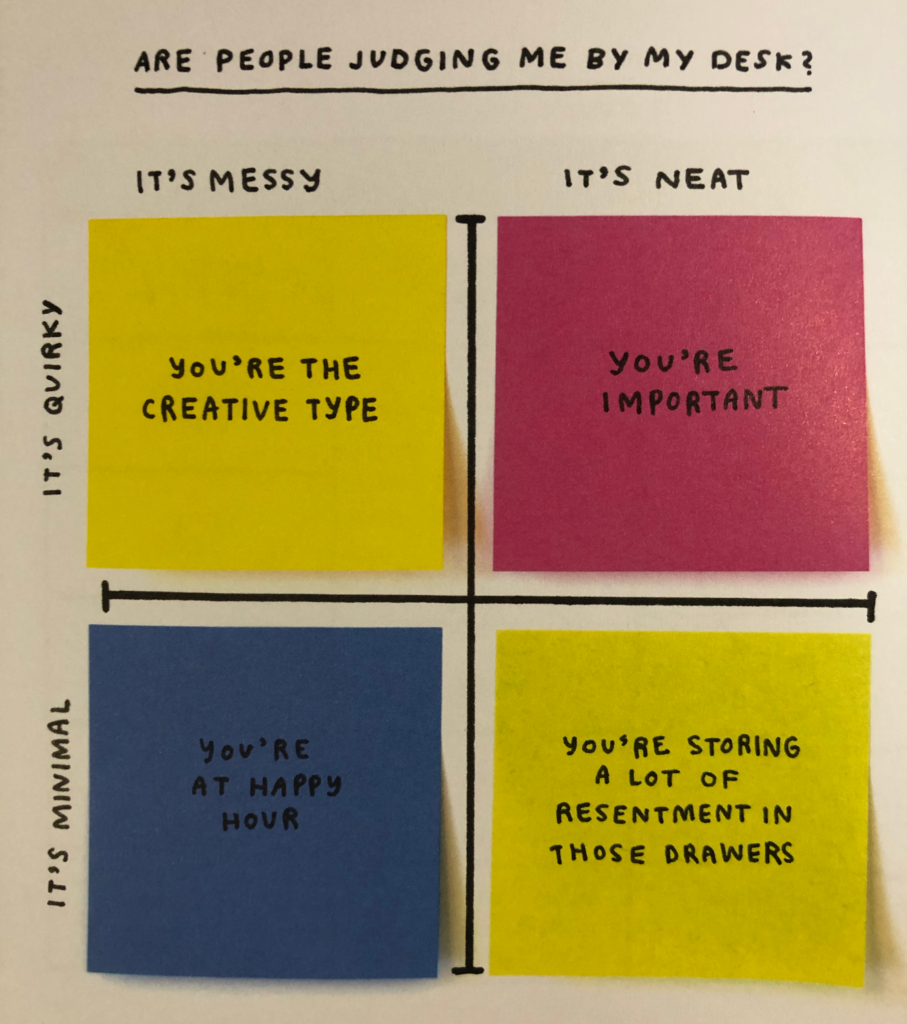A Culture of Safety: Building a work environment where people can think, collaborate, and innovate, by Alla Weinberg, is a very good read of the very very basics of building safety (physical, emotional psychological) in the workplace.
It is short. When they say on the cover it’s a 30 minute read they are not kidding you. The book is 62 pages. You can read it between meetings and still finish it in a day.
If you’re not familiar with the concepts of physical, emotional, and psychological safety as precursors to communication and collaboration, this book might not be compelling enough to convince you to pursue changing your behavior. Crucial Conversations or Radical Candor or one of the other big names in this topic line might be better for convincing the person with huge communication issues that they, in fact, have huge communication issues.
But I find Crucial Conversations is better for specifically conversations and tbqh I got nothing from Radical Candor except an emotional breakdown by trying to follow it. A Culture of Safety is much more down to earth (much less “my-bad-worker-left-and-started-a-coffee-shop silicon valley”).
This book would make a great companion to Burnout: The Secret to Unlocking the Stress Cycle if you were the manager of a burned out team (and especially if you were burned out yourself).
A Culture of Safety is technically aimed at managers, but many of the activities and directions can be approached successfullyby anyone who facilitates one or more regular meetings.
I’m not a big fan of “activities” in self-help books because so many of the popular books seem to delight in suggesting the kinds of activities that make my introverted thrice-burnt-out neuroatypical brain want to crawl under the desk. The activities in this book are not like those.
The activities in this book, for the most part, are light touch. “Ask everyone how they’re feeling at the beginning of a meeting” or “schedule a venting day when people can sign up to just go off about something bothering them and your job is to listen and understand.” These are things that I can do as a product designer just as well as a people manager can. And because I’m a designer, the people on my team generally won’t even know I’m doing it to foster a culture of safety, they’ll just think it’s one of my quirks. I like that.
All told 100% win. Read book. Enjoy.

